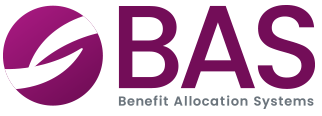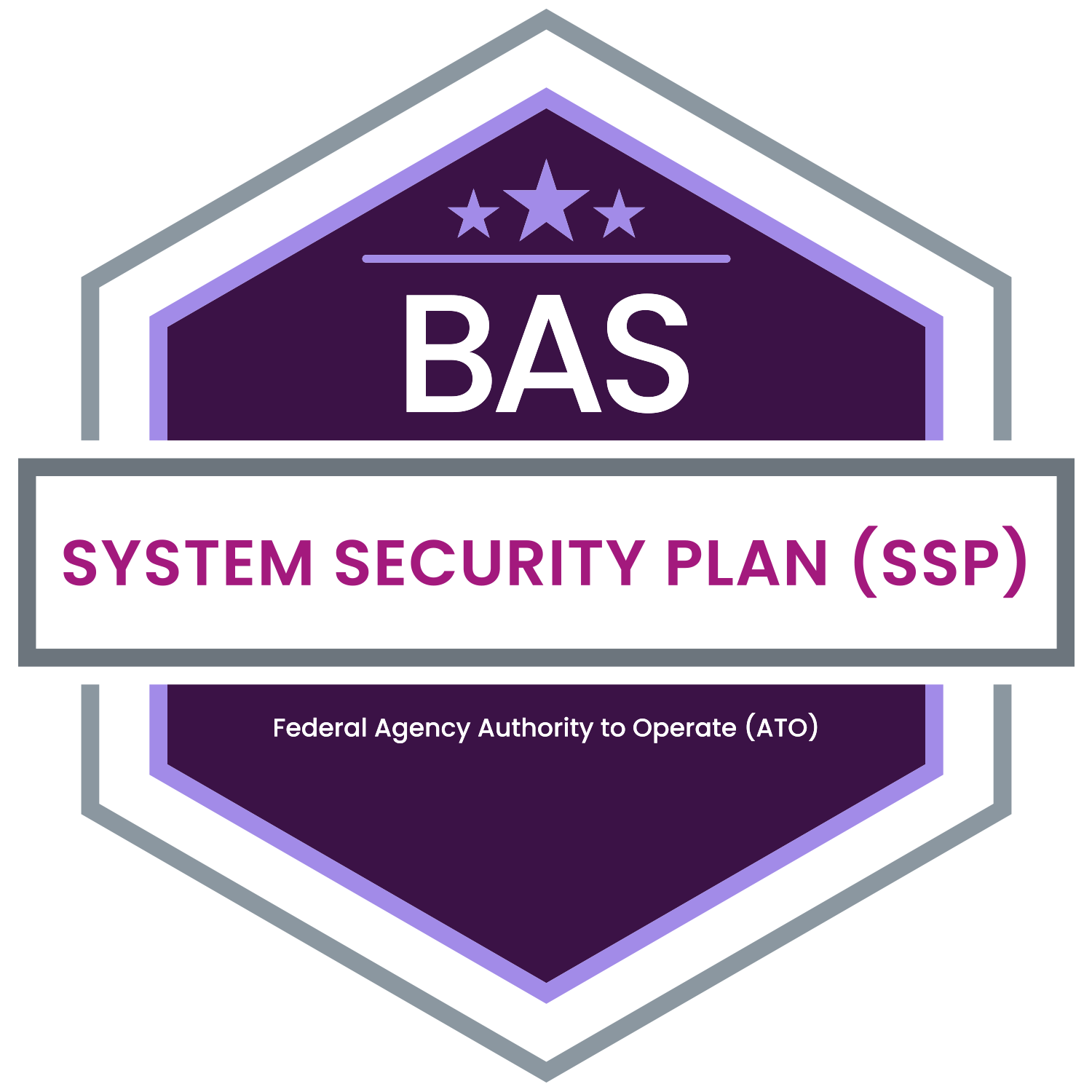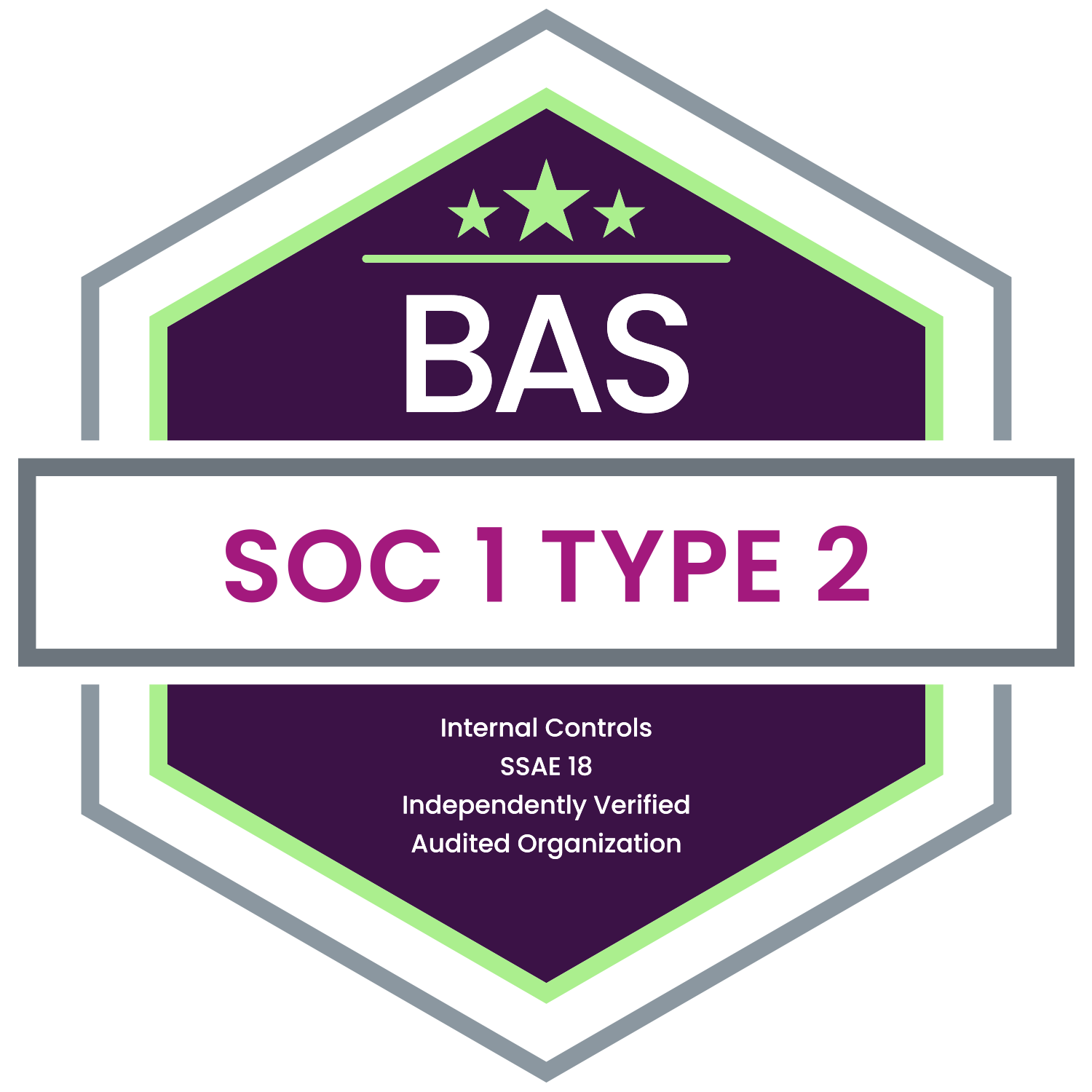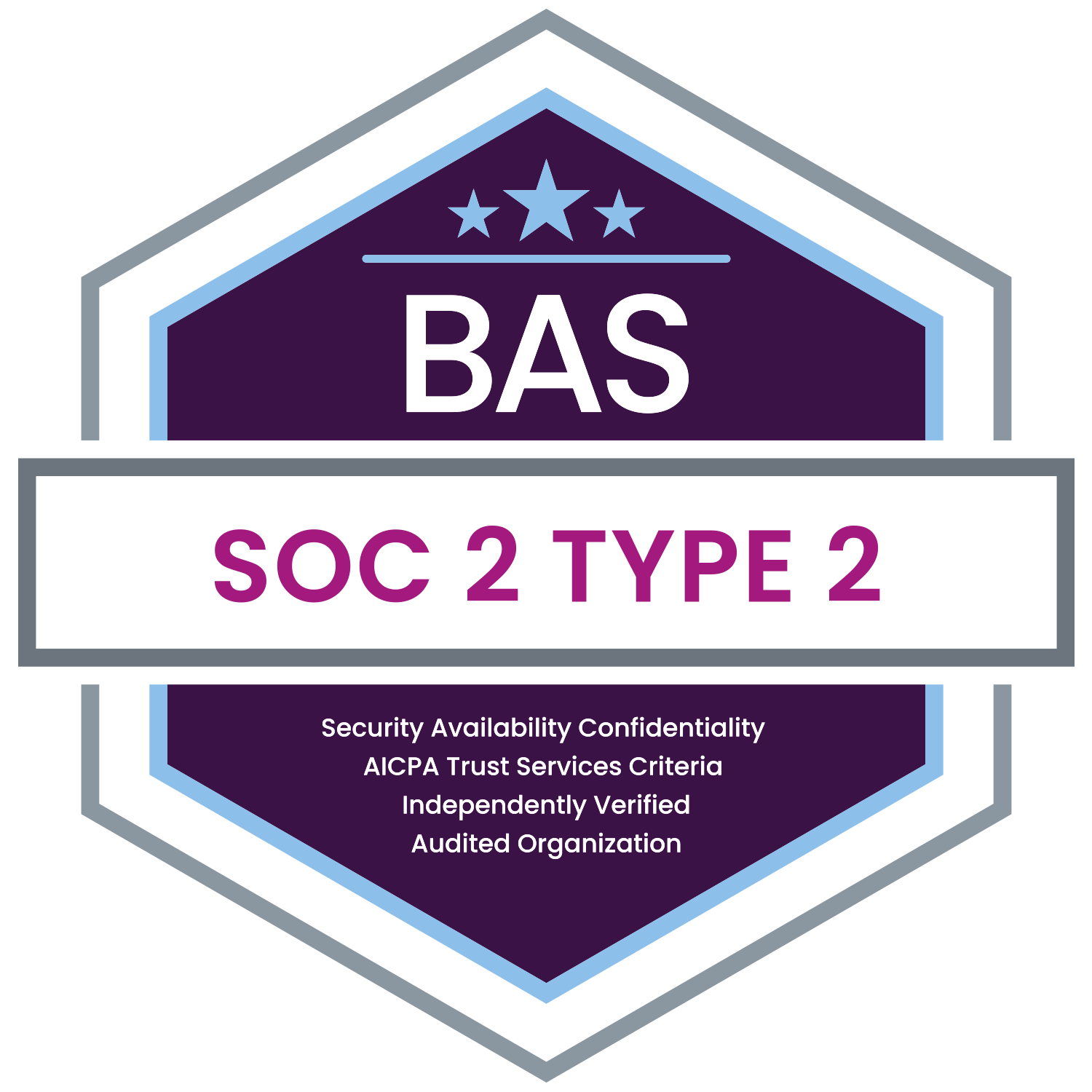Simplify ACA Reporting with Our Affordable and Accurate Solution
The IRS has announced that the Affordable Care Act (ACA) affordability percentage will increase significantly for 2026, rising from 9.02% to 9.96% of an employee’s household income. This change, published in Revenue Procedure 2025-25, will impact how employers determine the affordability of health coverage and avoid employer shared responsibility penalties. It is a significant increase from 2025.
Why This Matters
Applicable Large Employers (ALEs), those with 50 or more full-time employees, must offer affordable, minimum value health coverage to full-time employees to avoid potential penalties under IRC §4980H. The 2026 affordability threshold increase means that some employers may be able to require higher employee premium contributions for self-only coverage while still maintaining compliance with ACA.
Safe Harbors for Compliance
Because employers typically do not know employees’ household incomes, the IRS allows three affordability safe harbors:
- Federal Poverty Line (FPL) Safe Harbor – Easiest to administer. Coverage is deemed affordable if the employee’s monthly contribution does not exceed the affordability percentage times the federal poverty level. For 2026, this means the lowest cost single only plan may not exceed $129.89 in the continental U.S. (based on 9.96% of the 2025 FPL of $15,650). Higher limits apply in Alaska and Hawaii.
- Rate of Pay Safe Harbor – Applies 9.96% to the employee’s hourly wage x 130 or monthly salary. For example, a $20/hour employee cannot be asked to pay more than $258.96/month.
- Form W-2 Safe Harbor – Based on 9.96% of Box 1 wages. Least predictable and generally less desirable.
Employers may use different safe harbors for different reasonable employee categories but must apply them uniformly within each group.
Considerations for Calendar and Non-Calendar Year Plans
- Calendar-year plans can use the newly released percentage multiplied by the 2025 FPL to determine affordability for all of 2026.
- Non-calendar-year plans may benefit from using the 2026 FPL once issued (typically in January or February), potentially allowing for a higher maximum contribution.
- Until a new plan year starts, non-calendar-year plans that begin in 2025 must still use the 9.02% threshold.
Strategic Planning for 2026
To simplify compliance and reporting, many employers will want to ensure at least one medical plan option provides minimum value and costs no more than $129.89/month for employee-only coverage. This satisfies the FPL safe harbor and enables use of the Qualifying Offer Method for Form 1095-C reporting.
Employers who exceed the $129.89 threshold should review the rate of pay safe harbor calculations to maintain compliance and avoid the §4980H(b) penalty, which could be as high as $362.50/month per full-time employee receiving Exchange subsidies.
Impact on Flex Credits and Opt-Out Incentives
HR professionals should also revisit:
- Flex credit structures, ensuring any credits counted toward affordability are not cashable and designated solely for health coverage.
- Opt-out arrangements, which may need to meet IRS “eligible opt-out” criteria to avoid increasing the affordability calculation.
Next Steps
- Review and model 2026 employee contribution levels now to determine whether they will meet one of the affordability safe harbors.
- Consider early planning for plan design, ACA reporting methods, and communication strategies with employees.
This 9.96% threshold represents a substantial change and opportunity for employers to adjust contribution strategies while remaining in compliance with the ACA employer mandate.
Benefit Allocation Systems (BAS) provides best-in-class, online solutions for: Employee Benefits Enrollment; COBRA; Flexible Spending Accounts (FSAs); Health Reimbursement Accounts (HRAs); Leave of Absence Premium Billing (LOA); Affordable Care Act Record Keeping, Compliance & IRS Reporting (ACA); Group Insurance Premium Billing; Property & Casualty Premium Billing; and Payroll Integration.
MyEnroll360 can Integrate with any insurance carrier for enrollment eligibility management (e.g., Blue Cross, Blue Shield, Aetna, United Health Care, Kaiser, CIGNA and many others), and integrate with any payroll system for enrollment deduction management (e.g., Workday, ADP, Paylocity, PayCor, UKG, and many others).
This article is for informational purposes only and is not intended as legal, tax, or benefits advice. Readers should not rely on this information for taking (or not taking) any action relating to employment, compliance, or benefits. Always consult with a qualified professional before making decisions based on this content.









